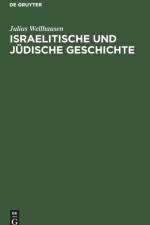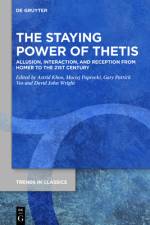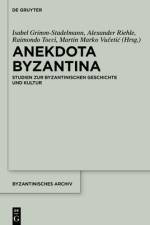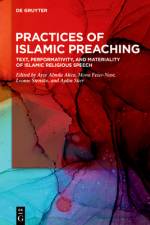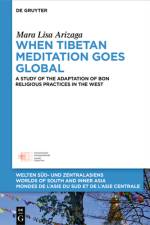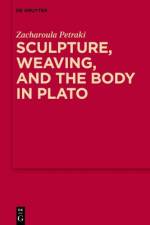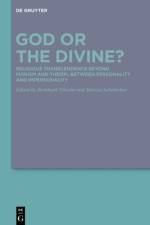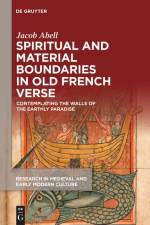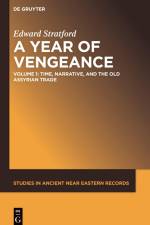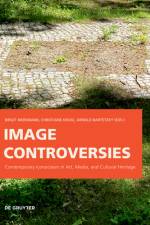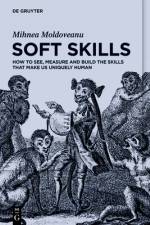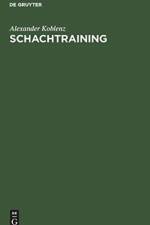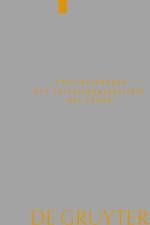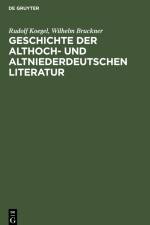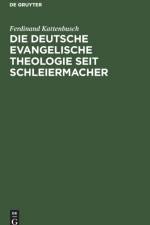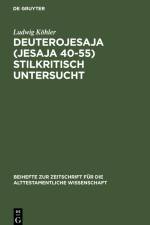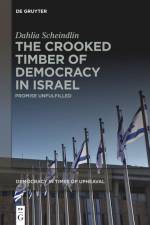- Text, Performativity, and Materiality of Islamic Religious Speech
av la Akca, e Almı & Ayş
1 307
Preaching, a practice composed of and accompanied by a myriad of different activities, is an essential element of Muslim religious life both within and beyond mosques. As such, Islamic preaching is a common means of religious promulgation and knowledge transfer, of pastoral guidance and uplift, but also of communication between believers, and as a source of negotiating religious normativity, power relations, and societal topics. Given the centrality of preaching in Muslims' religious life, this collective volume presents contributions on various aspects of performance, text, space, and materiality of Islamic preaching in history and present. The interdisciplinary and transdisciplinary framework captures Islamic preaching as it unfolds in its social setting. The volume aims at representing the inner-Islamic diversity by depicting the practice of preaching as it came about in different times and geographical locations, shedding light onto Friday gatherings and sermons (ḫutba), and other forms of preaching (e. g. waʿẓ), be it during Ramadan, at religious feasts and commemorations, or on personal occasions such as weddings and funerals. Therefore, each chapter offers a different insight into the interwoven character of sermons' contents, the preacher him/herself, and the audience by emphasising the role of their bodily performance, of the temporality and spatiality of preaching, and of the objects and items involved.

